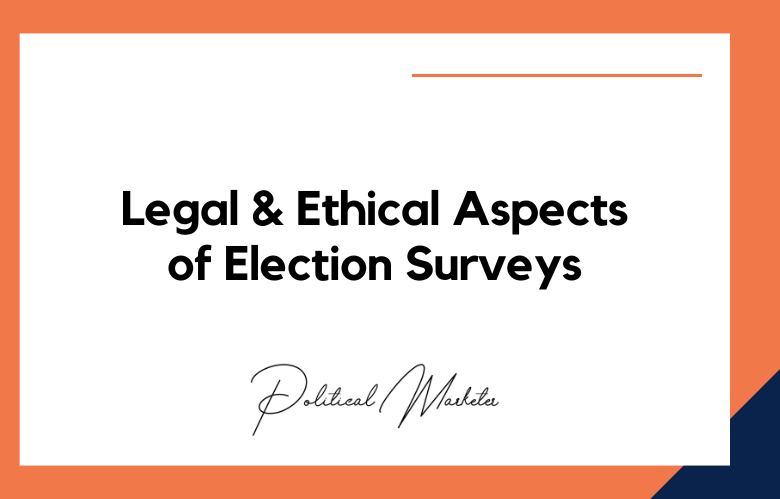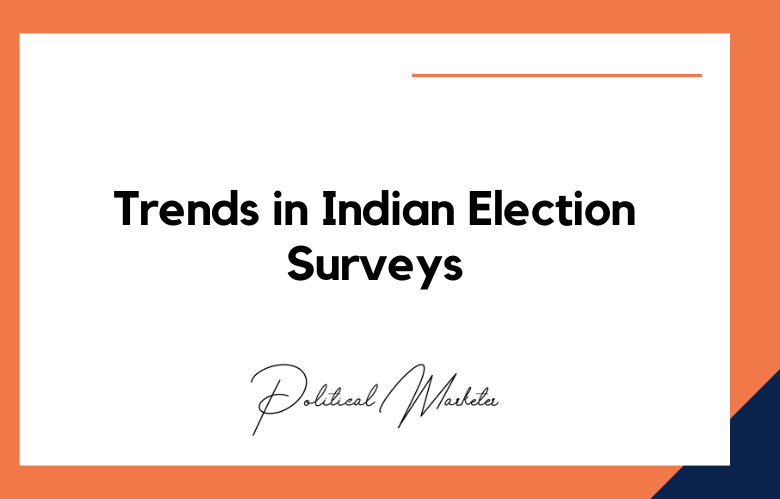Gone are the days when political campaigns were solely based on door-to-door canvassing, town hall meetings, and television ads. In this digital age, data is the key to winning elections.
Political campaigns rely heavily on analytics and big data to gain insights into their target audience, understand their preferences and beliefs, and tailor their messages accordingly.
We will explore the power of big data and how analytics is transforming political campaigns.
What is Big Data: How Analytics is Transforming Political Campaigns?
In today’s digital age, data is everywhere! Every click, every like or comment, every purchase or subscription – everything we do online generates data that can be analyzed and used for various purposes.
Big Data refers to the high volume of generated, collected and analyzed data. It has revolutionized many industries and politics is no exception.
Today, political campaigns are run on Big Data and analytics, allowing candidates to target voters more effectively, understand their preferences, and sway their opinions.
We’ll examine Big Data, its use in politics, and its transformation of campaigns.
How is Big Data transforming political campaigns?
Big Data is transforming political campaigns in several ways. One of the most significant changes is the ability to micro-target voters.
Instead of relying on broad demographic information, campaigns can use data analytics to identify specific groups of voters with certain characteristics and target them with tailored messaging.
For example, a campaign might locate a group of voters interested in environmental issues and use targeted ads to appeal to them. Big Data also allows campaigns to track voter sentiment in real time, which can be crucial in identifying which problems resonate with voters and which do not.
Social Media Analytics: Harnessing the Power of Social Media?
Social media analytics refers to analyzing audience behavior on social media platforms like Facebook, Instagram, and Twitter.
Social media analytics can provide insights into what people are saying, what issues they care about, and how they vote.
Social media monitoring tools can track trends, analyze sentiment, and identify influencers on social media. Political campaigns can utilize this data to shape messaging, target specific groups of people, and craft local and national campaigns.
The Potential of Big Data in Future Political Campaigns?
Big Data has the power to transform political campaigns, and its use will only increase in the future. With the increased use of technology,
Big Data analytics can provide more precise insights into voter behavior, allowing campaigns to tailor messages to each voter.
Campaigns can also expect more advanced technologies like artificial intelligence and machine learning to be used in political campaigns in the future, which will provide even more precise and timely voter insights.
Understanding Voter Behavior with Big Data Analysis?
Thanks to social media and other digital platforms, campaigns can collect vast data about voters. With the help of big data analytics, movements can make sense of this data and gain insights into voter behavior.
They can analyze information about voters’ age, gender, location, income, education, and other demographics to understand which policies and messaging resonate with different groups.
By understanding voter behavior, campaigns can develop targeted grassroots campaigns and digital ads to reach their intended audience.
Managing Voter Data with Comprehensive Database Management?
Data is only as good as the management system behind it. In a political campaign, a comprehensive database management system is essential to collect and analyze voter data, keep it secure, and manage access to it.
Without proper data management, voter data could get lost or stolen, leading to potentially devastating consequences for a campaign. By having adequate data management procedures, campaigns can ensure the security and reliability of their most important asset – voter data.
Predicting Voter Preferences with Predictive Modeling?
Campaigns can use advanced algorithms and predictive models to predict voter preferences and voting behavior.
They can use this information to develop more personalized messaging and target their ad spending toward voters most likely to support their candidate.
Predictive modeling can help campaigns identify specific areas or districts that are most likely to swing the election in their favor and develop strategies to win those areas with targeted outreach and advertising.
Tailoring Campaign Messages with A/B Testing?
Gone are the days when campaigns put out a single message and hoped everyone would connect.
With the help of big data, campaigns can now test multiple messages with different groups of voters through A/B testing.
This allows them to measure the effectiveness of their messaging and tailor their messages to the specific preferences of other groups of voters. Testing and refining messaging is incredibly valuable in a political campaign where every vote counts.
The Benefits of Big Data in Political Campaigning?
The benefits of using big data in political campaigns are clear. Campaigns can maximize engagement, increase fundraising, and improve voter turnout with targeted messaging.
Using analytical tools and predictive modeling can also reduce the cost of campaign outreach, allowing candidates to focus only on areas with the highest potential for return on investment.
Using AI-based chatbots to communicate with voters can increase voter trust and interaction with the candidate. Ultimately, big data and analytics enable campaigns to be more informed, efficient, and successful.
Improved voter targeting:
Big data can improve voter targeting in political campaigns. By analyzing data such as voting history, demographic information, and social media activity, campaigns can better identify which voters they need to target and what messages will resonate with them.
More efficient use of resources:
Big data can help campaigns to use their resources more efficiently. For example, suppose a campaign knows that a particular group of voters is more likely to respond positively to a specific message. In that case, it can focus its resources on reaching out to that group rather than wasting time and money on voters who are unlikely to be swayed.
A better understanding of the electorate:
Big data can also help campaigns better understand the electorate as a whole. By analyzing data from various sources, campaigns can get a clearer picture of what issues are important to voters and how they are likely to vote.
This information can be used to develop better campaign strategies and messages.
Increased transparency:
Big data can also lead to increased transparency in political campaigns. For example, if a campaign uses big data to target ads, the public can see which ads target which groups of people.
This increased transparency can build trust between movements and the electorate.
Greater accountability:
Big data can also make political campaigns more accountable for their actions.
For example, if a campaign is found to be targeting ads based on race or ethnicity, the public and watchdog groups will hold it responsible. This accountability can ensure that campaigns behave ethically and responsibly.
More effective fundraising:
Big data can also make fundraising more influential in political campaigns. By analyzing donor data, campaigns can better identify potential donors and tailor their fundraising pitches accordingly.
This can lead to more money being raised for a drive and less wasted on unsuccessful appeals.
Better volunteer management:
Big data can also be used to improve volunteer management in political campaigns.
By tracking volunteers’ activities and preferences, movements can better match them with tasks that they are suited for and that they will enjoy doing. This can lead to improved volunteer morale and increased campaign operations efficiency.
Improved election administration:
Big data can also improve election administration and make it more efficient. For example, by analyzing voter registration data, election administrators can identify areas with errors or duplicate registrations.
This information can then be used to clean up the voter rolls and ensure everyone eligible to vote can do so quickly and without problems.
Conclusion:
Big data analytics is transforming political campaigns by empowering parties and candidates to gain valuable insights into the electorate. While some challenges must be addressed, the advantages of big data analytics are clear.
As the use of big data analytics in politics continues to grow, it will be interesting to see how campaigns adapt and leverage the technology to win over voters and drive engagement.
Call: +91 9848321284
Email: [email protected]










